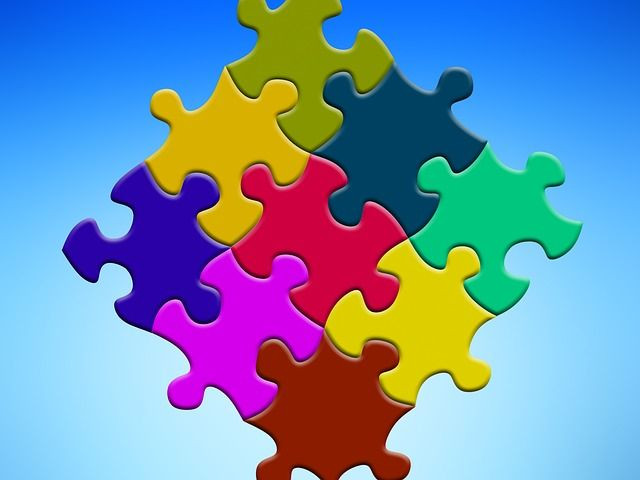Autism 2016: What We Learned About ASD This Year, From Potential Causes To Diagnosis Breakthroughs

Autism Spectrum Disorder (ASD) is a term used to describe a complex condition characterized by social and developmental issues that are thought to be caused by problems in brain development. According to the Centers for Disease Control and Prevention, ASD affects one in 68 United States children. As the year wraps up, it’s time to review all the breakthroughs and findings science has brought us in ASD research.
What Causes Autism
Although we’re not able to pinpoint exactly what causes autism, we are getting closer to understanding the underlying factors of this condition.
In August, researchers from Princeton University and the Simons Foundation in New York City conducted an in-depth analysis of the human genome in order to come up with a number of genes that may be behind both autism's cause, and its cure. The study was a big step forward in understanding the genetics behind ASD, though it's likely not all of the 2,500 genes identified are actually related to ASD.
What Doesn’t Cause Autism
In 2016, we also got more information on what doesn’t cause the disorder. One of the biggest debunked myths surrounding the cause of ASD was that there is a link between having an induced labor and a child with ASD.
A study released in July investigated the medical records of all Swedish children born between 1992 and 2005. Researchers looked specifically at those diagnosed with ASD, and found no link between the disorder and induced labor delivery.
Read:New 2016 Research Flags Genes That Could Contribute To Spectrum Disorder
Brain Shape
A recent study from early December revealed how the shape of the brains of those with ASD differed from those without the condition, a finding which may help us better understand the cause of some of the cognitive difficulties associated with the disorder. The report revealed that individuals with ASD have fewer asymmetries in their brains compared to non-autistic peers. This finding suggests that the two sides of their brains are not dividing tasks in the same way
Biomarkers
Another major breakthrough in our understanding of ASD in 2016 was advancements in the identification of ASD biomarkers. A study published in April explained how a new method for mapping the brain using fMRI could help make the identification of ASD biomarkers easier. In addition to helping identify patients with ASD, the researchers explained that their new method could also be used to better identify which treatment options would be best for individual cases, and measure progress in those currently in treatment.
Read More:
Autism Cause Theories 2016: The Latest On Potential Risk Factors, From Vaccines To Air Pollution: Read Here
Relax, Moms-To-Be: Induced Labor Is Not Linked To Autism: Read Here
Published by Medicaldaily.com



























